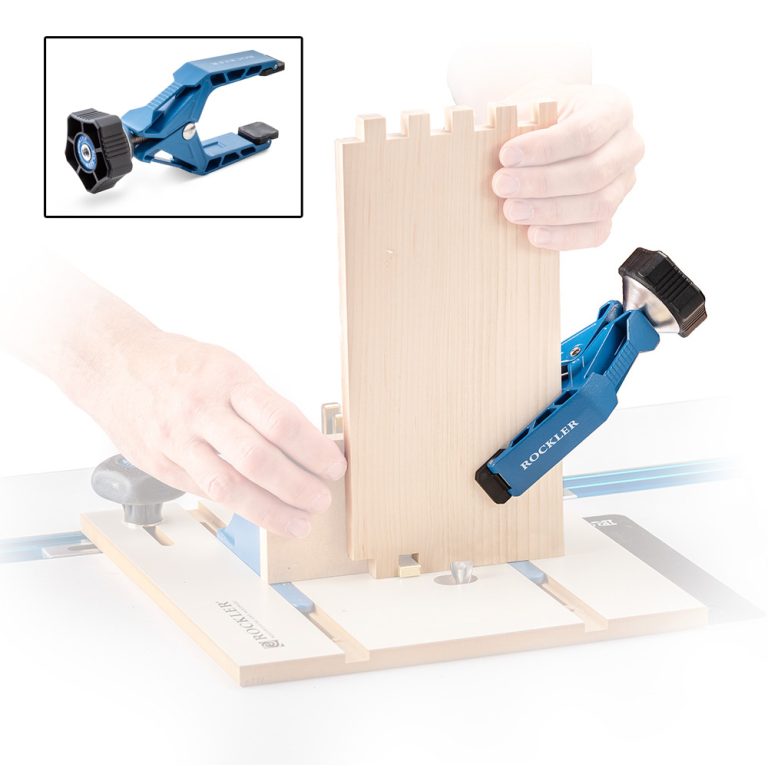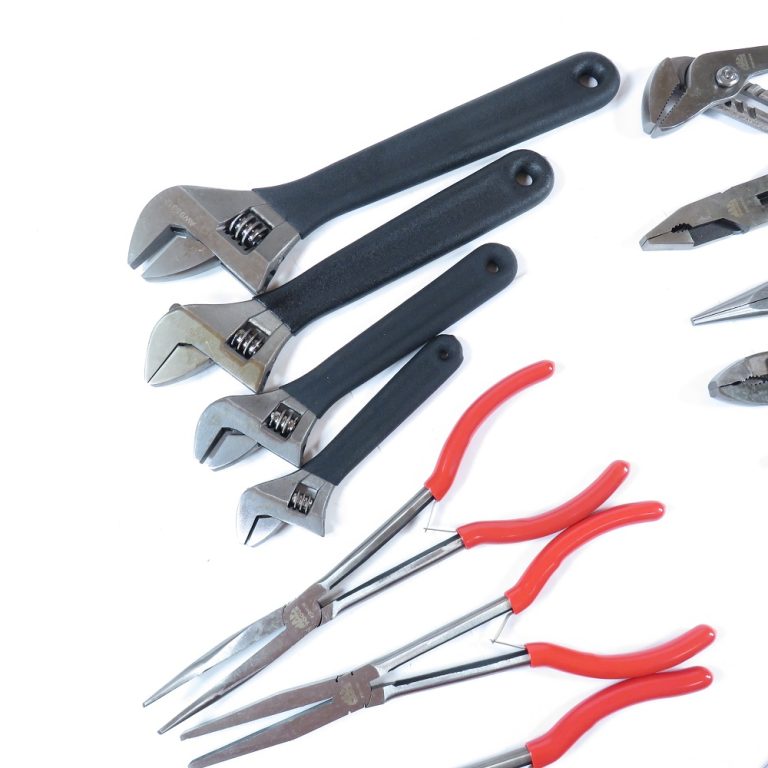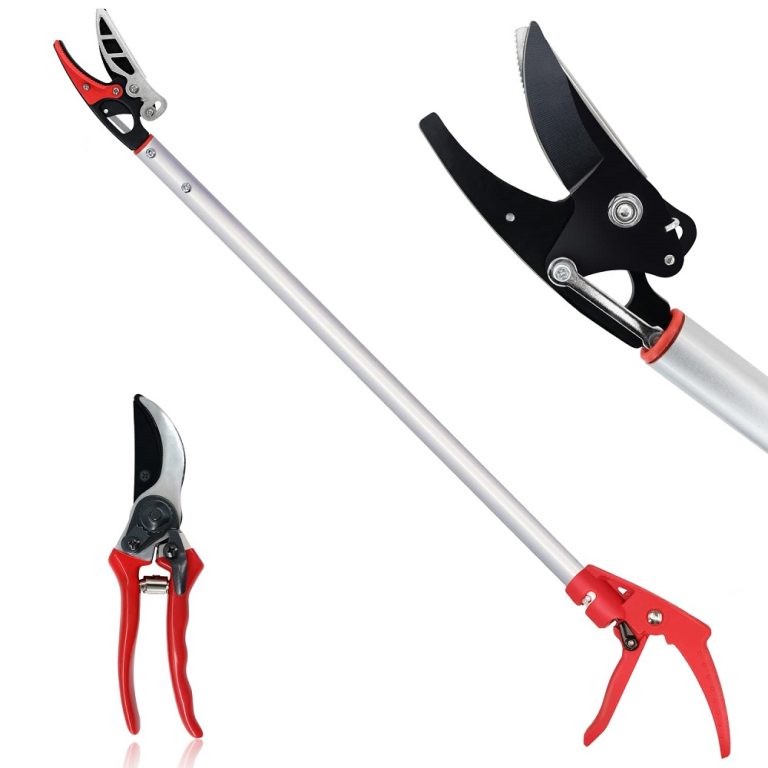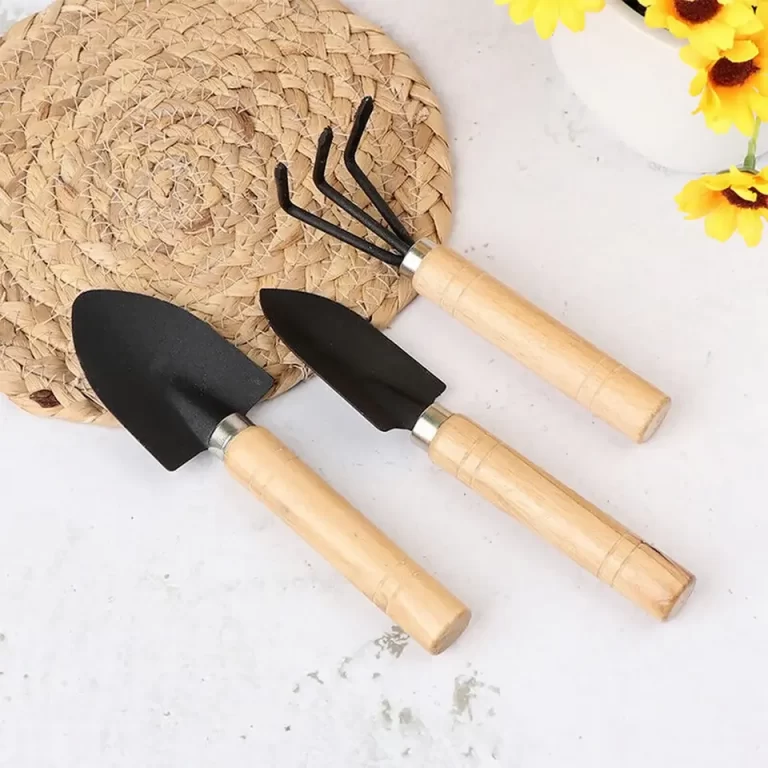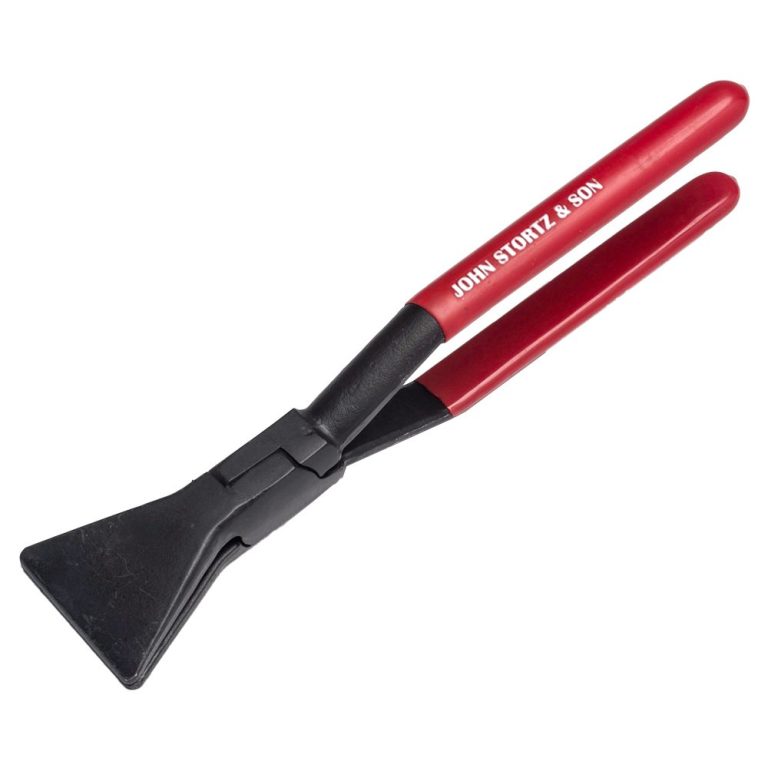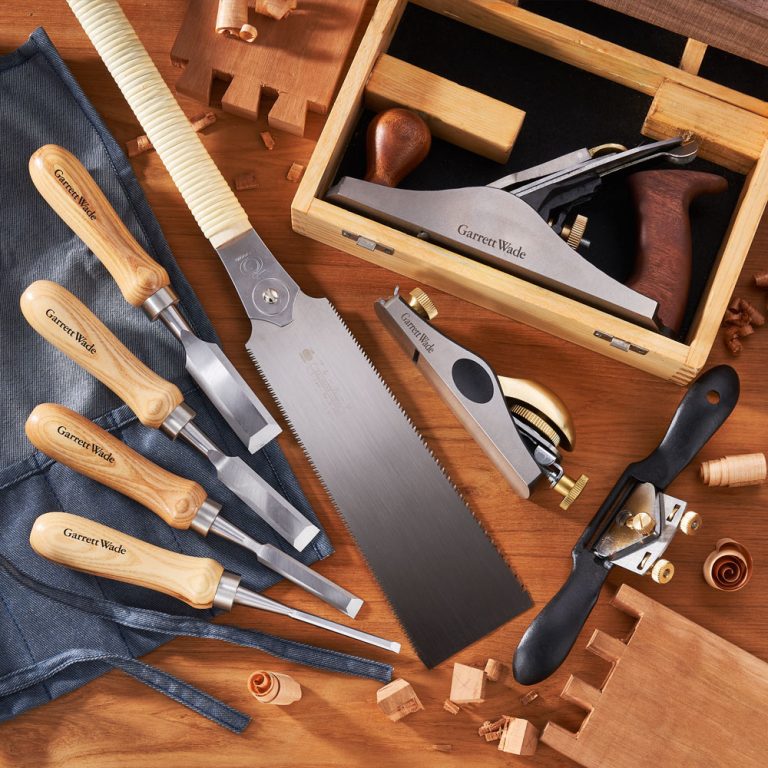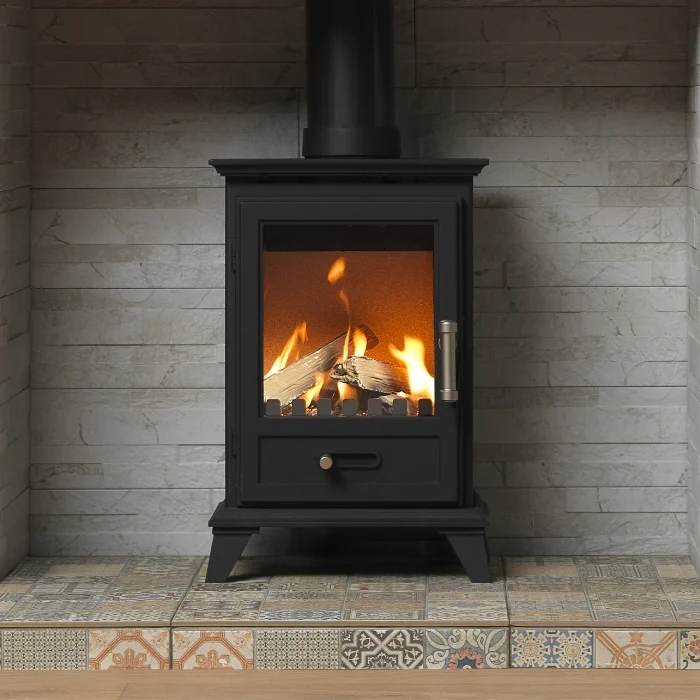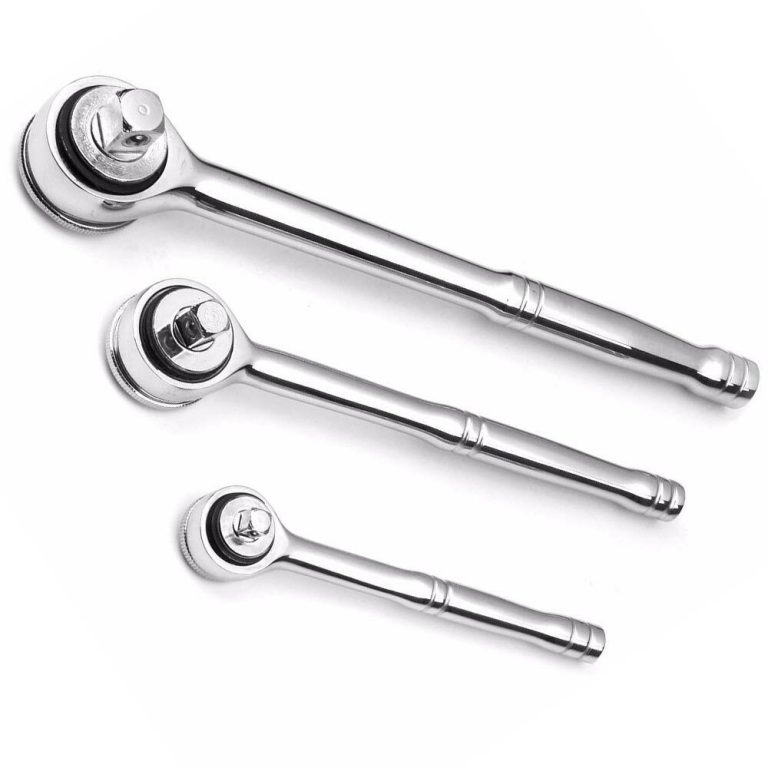Introduction to Crowfoot Wrenches
When working in cramped spaces, a crowfoot wrench can be your best friend. It’s a tool designed to reach where traditional wrenches can’t. Picture trying to twist a bolt that’s nestled behind a pile of pipes or lodged next to an engine part. This is where the crowfoot wrench shines. It’s a nimble and vital piece of equipment for anyone from DIY buffs to professional mechanics.
What is a Crowfoot Wrench?
A crowfoot wrench is like the open-end part of a standard wrench, but without the handle. It resembles a crow’s foot – hence the name. The key feature here is that it latches onto bolts and nuts much like a socket. It doesn’t ratchet on its own. Instead, it mates with tools like torque wrenches or breaker bars to work its magic in those hard-to-reach places.
Materials and Build Quality of Crowfoot Wrenches
Crowfoot wrenches boast a rugged build. They’re usually made from steel or chrome vanadium, known for their durability. High quality means they resist wear and stay reliable over time. The precision in their design ensures they grip fasteners tightly, reducing the chance of stripping or rounding off bolt edges. Understanding the tool’s strong build and proper use are the first steps to mastering crowfoot wrench techniques.

Automotive Applications
In the realm of automotive repair, the crowfoot wrench is an essential player. Its design is perfect for addressing bolts that standard wrenches struggle with, especially those hidden behind or within engine parts.
Accessing Bolts Behind Engine Components
Imagine trying to get to a bolt that’s inconveniently positioned behind an engine block or nestled between the alternator and the cooling system. With the crowfoot wrench, mechanics can easily latch onto such bolts without the hassle of dismantling adjacent components. This tool simplifies tasks like adjusting belt tensioners or securing engine mounts by providing direct access to fasteners in confined spaces.
Efficiency Benefits for Mechanics
By integrating crowfoot wrenches into their toolkit, mechanics can enjoy significant time savings. These wrenches can eliminate the need for cumbersome disassembly steps, boosting workflow efficiency. Furthermore, with a reduction in laborious tasks, mechanics can work more comfortably and with less risk of injury or fatigue. The use of a crowfoot wrench also translates to improved turnaround times for repairs, which is a win for both mechanic and customer satisfaction.
Plumbing Uses
Crowfoot wrenches shine in plumbing, another field with tight spaces and tricky angles.
Conquering Tight Spaces Under Sinks
Under sinks, space is limited. Crowfoot wrenches grip onto nuts and bolts that regular wrenches can’t reach. They make tight turns and avoid obstacles with ease. This makes jobs like faucet installations or pipe repairs less of a headache.
Tool Choice for Water Heater Maintenance
For water heater maintenance, these wrenches are perfect. They can reach elements or drains buried deep in the unit’s design. With a crowfoot wrench, plumbers can avoid dismantling the entire setup. This saves time and reduces risk of damage when dealing with sensitive components.
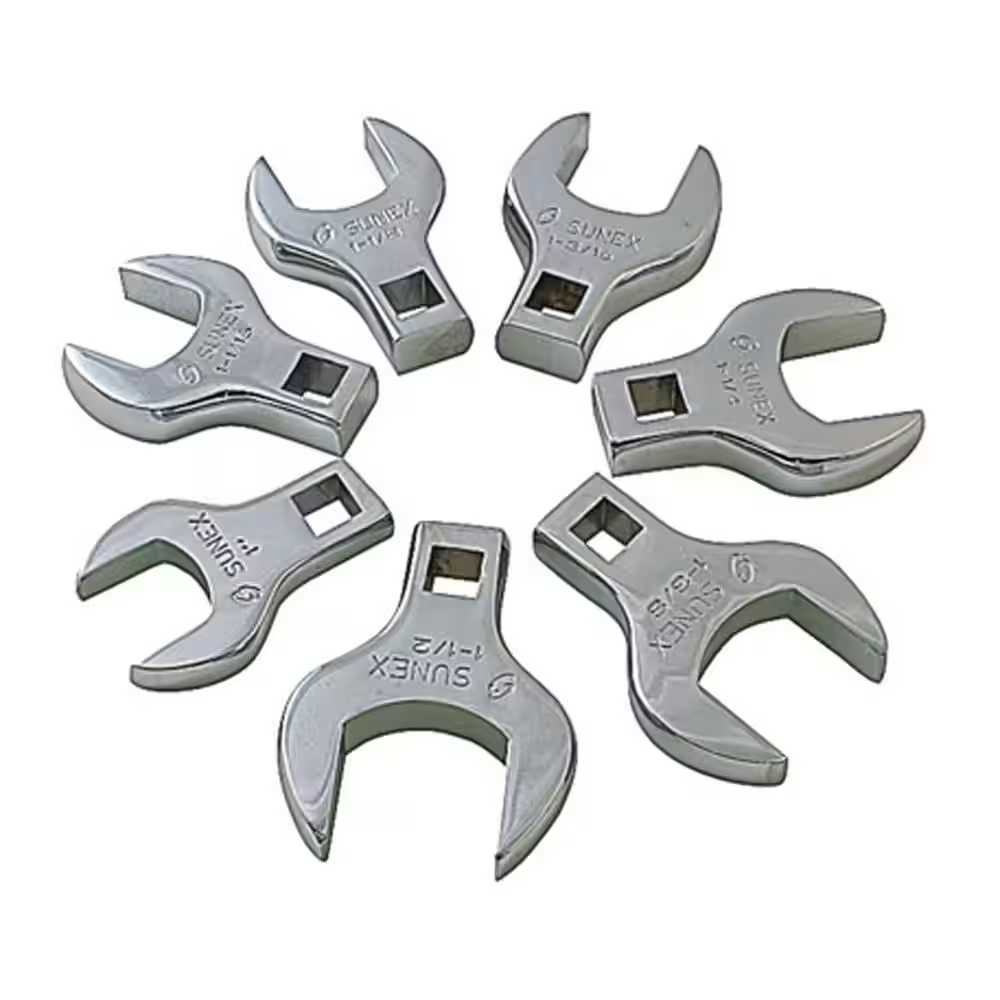
Importance in Mechanical Maintenance
Crowfoot wrenches have a significant role in mechanical maintenance. They provide solutions for adjustments in places where ordinary wrenches can’t operate.
Adjusting Bolts on Machinery
In industrial settings, bolts and nuts on machines often sit in crowded areas. A crowfoot wrench allows for precise adjustments without moving surrounding parts. This tool is vital for upkeep and ensures machinery operates smoothly.
Engine and Transmission Work
Mechanics frequently use crowfoot wrenches on engines and transmissions. These components are complex and packed tight. With a crowfoot wrench, one can turn fasteners without extra disassembly, keeping labor time down and maintenance efficient.
Role in Aerospace Industry
In the aerospace field, a crowfoot wrench is instrumental for precision and ease of maintenance. Its unique design enables technicians to work efficiently in the compact configurations of aircraft. The application of a crowfoot wrench in aerospace showcases its versatility and necessity for specialized tasks.
Applications in Aircraft Engine Maintenance
Technicians often encounter fasteners in extremely tight spaces when working on aircraft engines. A crowfoot wrench allows them to reach and manipulate bolts without removing surrounding parts. It’s crucial for ensuring timely and effective engine maintenance, which enhances aircraft safety and performance.
Utility for Spacecraft Assembly
Spacecraft assembly involves a myriad of components that must be fastened securely. In such precise tasks, the crowfoot wrench proves indispensable. It allows smooth operation in confined spaces within spacecraft, ensuring reliable assembly and maintenance of critical space-bound equipment.

Step-by-Step Guide to Using a Crowfoot Wrench
Navigating the use of a crowfoot wrench may seem daunting at first, but with a systematic approach, you can master this tool’s technique and enhance your mechanical skills. Whether you’re tackling automotive repairs, plumbing issues, or aerospace maintenance, the steps outlined below will guide you in using a crowfoot wrench effectively.
Selecting the Correct Wrench Size
Start by choosing a crowfoot wrench that matches the size of the nut or bolt. Using the wrong size can strip the fastener’s edges. Always double-check the fit before applying any force.
Attaching to a Torque Wrench or Breaker Bar
Connect your crowfoot wrench to a torque wrench or breaker bar. It should snugly fit onto the square drive. Check that the connection is secure to avoid slippage or accidents during use.
Proper Positioning and Application of Torque
Position the crowfoot wrenches so it fully engages with the nut or bolt. Make sure it’s seated flush against the fastener. Apply steady torque to tighten or loosen. Refrain from excessive force to prevent damage.
Safe Removal and Storage Tips
After use, carefully detach the crowfoot wrench from the torque wrenches or breaker bar. Store your crowfoot wrench in an organized manner. This protects it and makes it easy to find for your next job.
Advanced Tips for Crowfoot Wrench Usage
For those who have mastered the basics, advanced tips can refine the use of crowfoot wrenches even further. Enhance your approach and maintenance outcomes with these expert suggestions.
When to Use a Breaker Bar
Use a breaker bar when you encounter a frozen or over-tightened nut. This tool provides extra leverage, making it easier to break the bond without straining. A breaker bar paired with a crowfoot wrench is ideal for stubborn fasteners in tight spaces.
Utilizing Extension Bars for Additional Reach
In confined areas, reach is crucial. An extension bar can bridge the gap between your crowfoot wrench and the fastener. It’s perfect for navigating around obstacles or reaching deep-set nuts and bolts. Always ensure the connection between the wrench, extension, and torque device is secure.
Keeping Your Wrench in Top Condition
A well-maintained crowfoot wrenches lasts longer and works better. Clean it after each use to prevent dirt buildup and corrosion. Store it in a dry place, arranged by size, to avoid searching for the right one. Regularly inspect for wear and replace if needed to maintain precision and safety.

Mastering the Crowfoot Wrench: A Guide
Crowfoot wrenches are essential tools in automotive and mechanical work. They provide a unique advantage when accessing hard-to-reach fasteners. Understanding how to effectively use a crowfoot wrench can save time and enhance efficiency in various tasks. This guide outlines the key aspects of using this versatile tool.
Before diving into usage, selecting the appropriate crowfoot wrench size is crucial. Crowfoot wrenches come in various sizes to accommodate different fasteners. Therefore, always check your fastener size and ensure a snug fit. A loose fit can lead to stripped bolts or nuts, causing potential damage.
Proper Usage Techniques
Once the right size is chosen, attach the crowfoot wrench to a ratchet or extension. This step enhances leverage and control while working. Position the crowfoot wrench around the fastener and apply steady, even pressure. Avoid sudden jerks, as they may result in rounding the fastener. Instead, utilize smooth and consistent motions to loosen or tighten the fastener effectively.
In addition, it’s essential to consider the torque specifications for specific applications. Many crowfoot wrenches are designed to apply torque settings accurately when used properly. Therefore, consulting the manufacturer’s recommendations is wise.
Proper care of crowfoot wrenches extends their lifespan. After use, clean them to remove dirt and debris. A light coat of lubricant can help prevent rust. Regular maintenance ensures reliability when tackling future projects.
In conclusion, mastering the crowfoot wrenches elevates any mechanic’s toolkit. By selecting the right size, using proper techniques, and maintaining the tool, achieving optimal results becomes easier. Start utilizing the crowfoot wrench today for more efficient and effective mechanical work.

